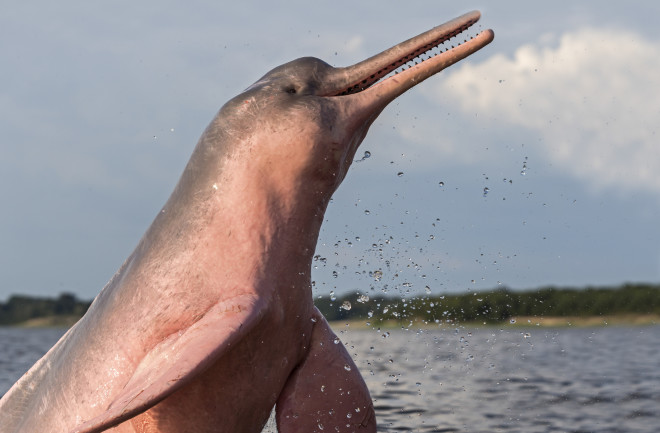The fact that freshwater whales actually exist on our planet deserves far more fanfare — especially considering how their populations are declining.
Many species of river dolphins, specifically, live in waterways spanning multiple continents and countries around the globe. Their unique habitats correlate with strange attributes and extraordinary behaviors not found in marine dolphins and other cetaceans.
But, as the world's major rivers change under human development, river dolphins seem to be paying a price.
The International Union for Conservation of Nature Red List now categorizes all species of river dolphins as endangered or worse, with populations declining rapidly or disappearing completely in recent years.

